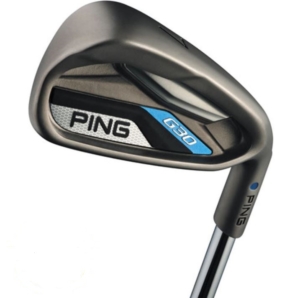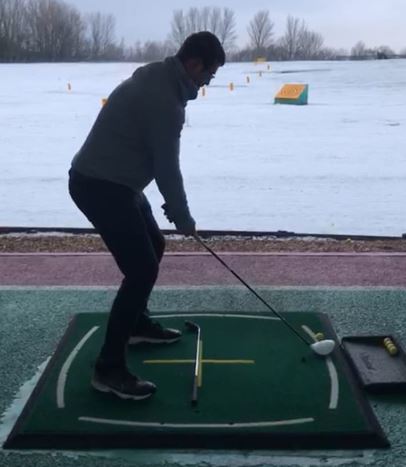Are Ping G30’s Still Good? Are They Forgiving for High Handicappers?
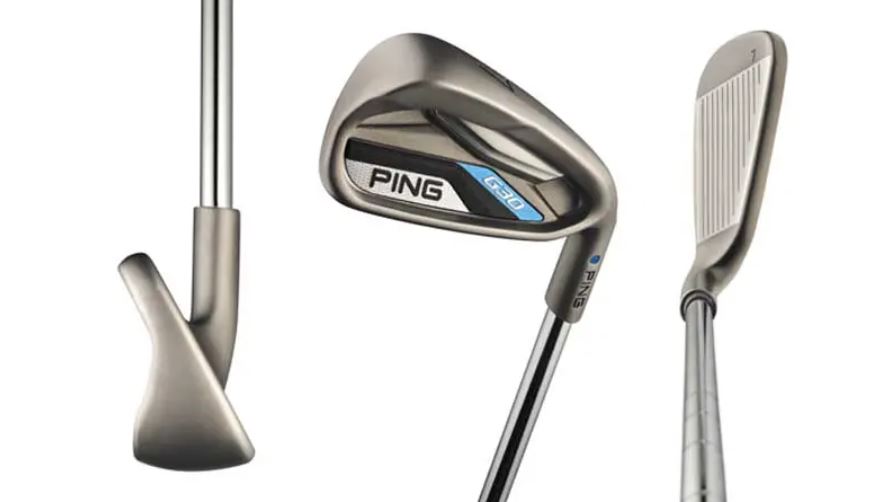
It’s always tempting to look at the latest line of clubs from your favorite manufacturers. But if you are in the market for a new set of irons, sometimes it’s actually more beneficial to look to the past.
The Ping G30 debuted way back in August of 2014 and they were billed as forgiving distance irons and were meant to build on the success of the popular G25 irons. That seems like a lifetime ago and there have been many great subsequent Ping irons to come out since then.
However, you don’t always need the myriad of features that seemingly every set of irons have these days. If you are a beginner or high handicapper, would an older set like the Ping G30 irons be good for you? Let’s find out…
Are the Ping G30’s Still Good?
The answer to that question will depend on the type of player you are but from our testing, we have to conclude that the Ping G30 irons do indeed still have something to offer high handicap players.
In terms of distance and forgiveness, we found that the Ping G30 more than hold their own against modern game improvement irons. They have all the essentials that high handicappers need: pronounced offset, a cavity back head and a wide sole.
While features and even manufacturing materials may have gotten more advanced, that basic formula of offset, CG placement and head design is still the foundation of what makes modern game-improvement irons great.
We hate to state the obvious but the Ping G30 irons don’t have the flashy features that modern irons do; but for high handicappers, the Ping G30’s certainly have it where it counts.
Are the Ping G30’s Forgiving for High Handicappers?
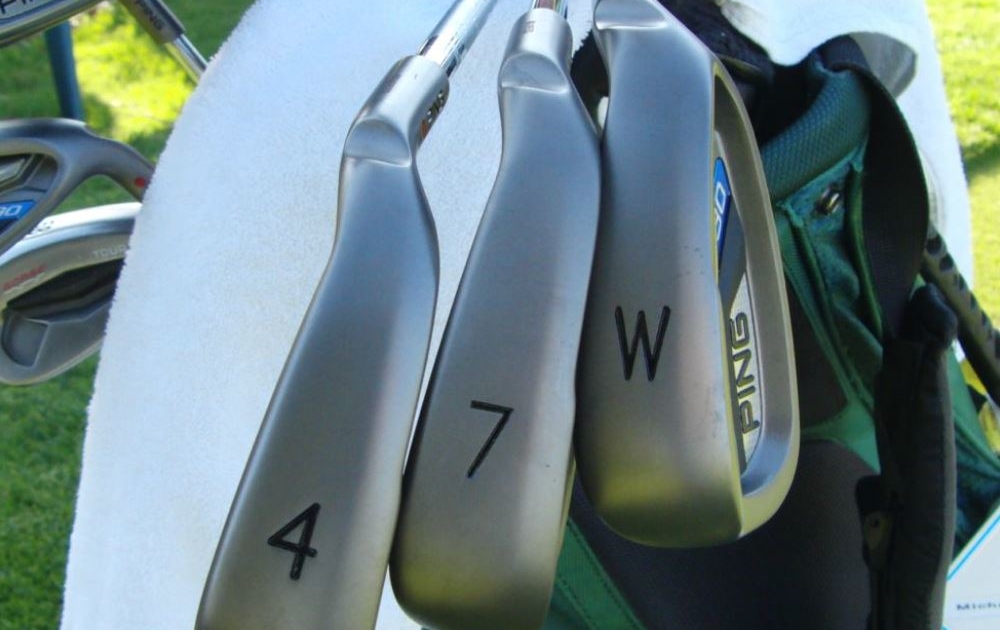
The Ping G30’s are traditional cavity back irons with a nice, distinguishable undercut cavity and wide soles.
All of this makes for some pretty forgiving irons overall but it’s the details that aren’t so obvious that make these really solid game improvement irons. Much of the sole weight has been redistributed to low and rear in the head.
The sole near the heel is thinner and gets wider near the toe. This not only makes for good turf interaction; it also allowed Ping to position the CG for optimal distance, MOI and forgiveness.
On top of all that, the Ping G30 irons have long blades and large sweet spots. The offset which is clearly visible at point of address will also help keep your shots straight. Overall the Ping G30’s are great for players with slower swing speeds and who struggle with striking accuracy.
Ping G30’s Vs. Ping G25’s
The G25 irons are also a good choice as a set of game-improvement irons; but they lack some of the refinements of the Ping G30’s.
For one thing, the Ping G30 irons have a notched hosel which helps redistribute weight where it will do the most good for high handicappers – you guessed it, the rear of the head.
With the Ping G30’s, the company also increased the camber of the sole so that it scoops up the ball better with less digging. The G30’s also have a deeper cavity area near the toe then the G25’s which helps increase MOI.
The adjustment of the custom tuning port in the G30’s also gives them a more premium feel and sound than the G25’s. The G30’s basically took everything that was good about the G25’s and made them better so we would recommend the G30’s over the G25’s.
Ping G30 First Impressions
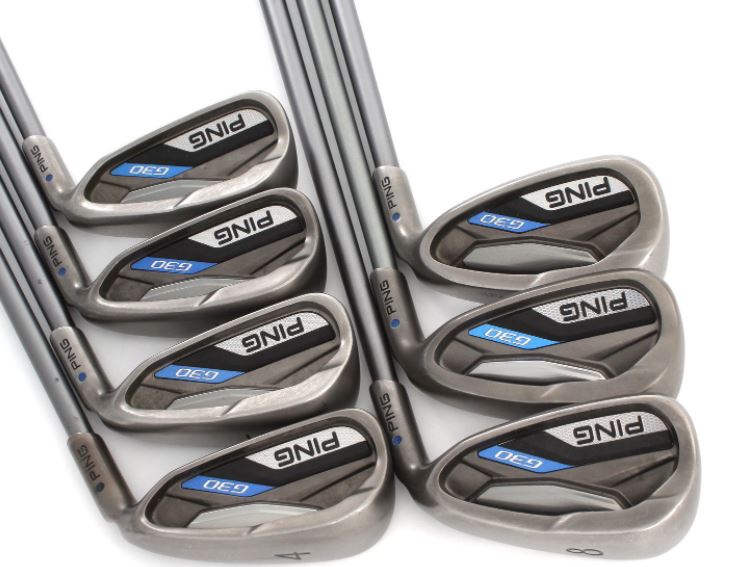
At first, we were taken with the noticeable offset and knew they would be great for beginners right away.
HIgh handicappers will definitely like what they see when they first look down at these irons and the easy distance will keep them swinging.
Ping G30 Irons Selling Points
- Custom Tuning Port
- Undercut cavity
- Pronounced offset
- Deep cavity back head
- Back muscle bar
- Notched hosel
- Elastomer badge
Ping G30 Irons Key Technology
Ping is known as a company that embraces innovative technology but with the Ping G30’s they opted to keep things fairly basic.
Elastomer Rear Badge: The purpose of this feature was simply to soften the overall feel of the Ping G30 irons. While certainly not the softest irons we’ve tested, the Ping G30’s are certainly mild enough for high handicappers.
Rear Muscle Bar: The downside of an unsupported face is poor shot dispersion. But the muscle bar does a decent job of keeping your shots tighter to the pin.
Cavity Back Design: Again, not the most groundbreaking design on the market but the deep cavity backs of the Ping G30 irons will certainly improve the distance and accuracy of your shots as a high handicapper.
Pronounced Offset: The pronounced offset of the Ping G30 irons will definitely help if you are struggling with a severe hook – as many high handicappers do.
Ping G30 Irons Lofts and Lies
Club |
Loft |
Lie |
4-iron |
21 |
59.06 |
5-iron |
24 |
60 |
6-iron |
27 |
60.94 |
7-iron |
30.5 |
61.88 |
8-iron |
35 |
62.81 |
9-iron |
40 |
63.75 |
PW |
45 |
64 |
UW |
50 |
64 |
SW |
54 |
64.25 |
LW |
58 |
64.5 |
Who Should Buy the Ping G30 Irons?
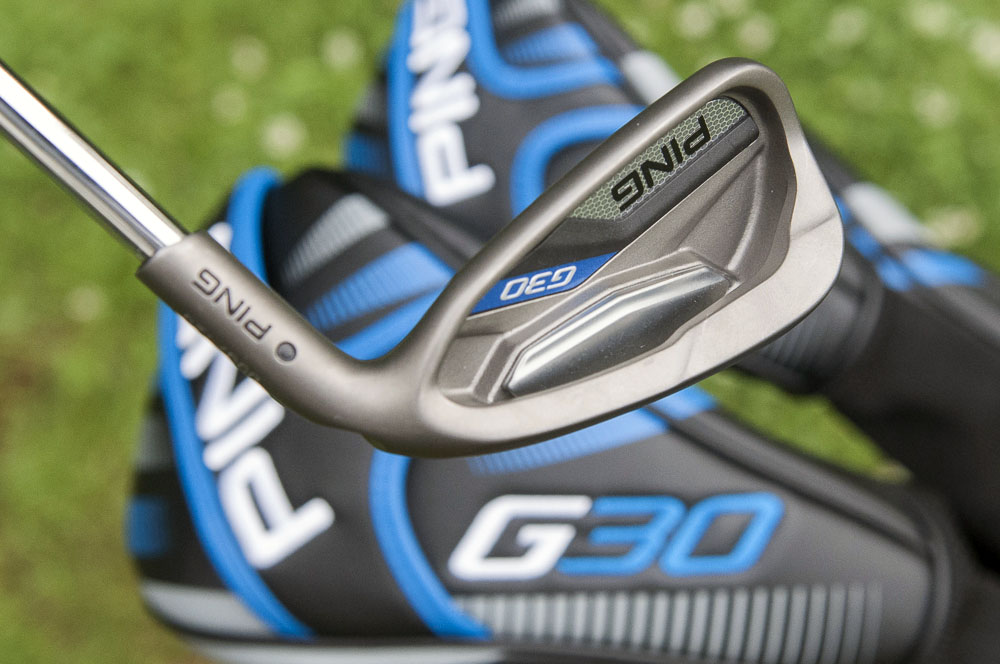
The Ping G30’s will be great for mid to high handicappers and even high single digit low handicappers who prefer the ability to attack the green with a soft landing on long approaches.
One thing we’ve yet to mention is the strong lofts on these irons which was a fairly interesting choice by Ping. We applaud it though because it will mean that these irons will be more viable to high handicappers as their scores begin to drop.
Plus, it makes them very useful for high handicappers whose specific problem is an inability to get the ball airborne. Naturally though, the group that will benefit the most from these irons will be high handicappers.
Distance: 95/100
Forgiveness: 96/100
Workability: 91/100
Overall Performance: 94/100
Value: 95/100
